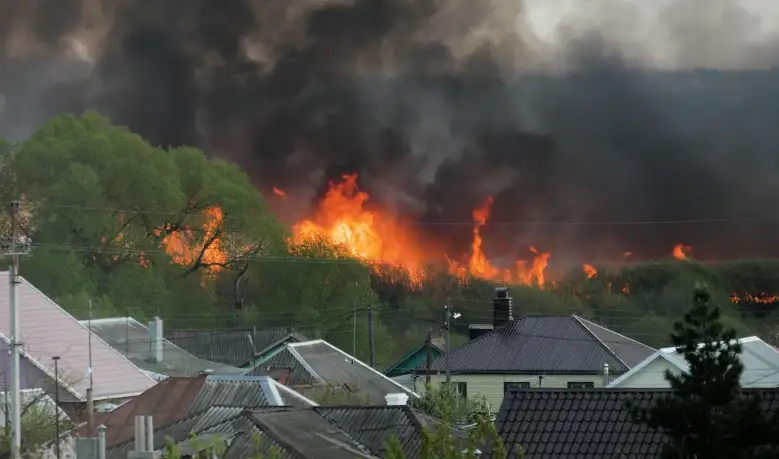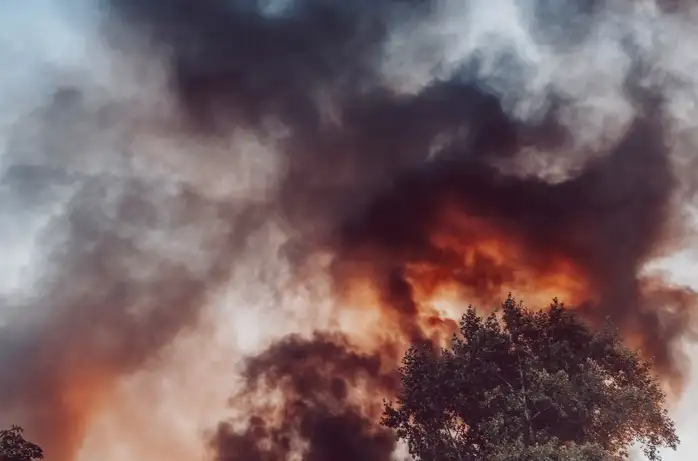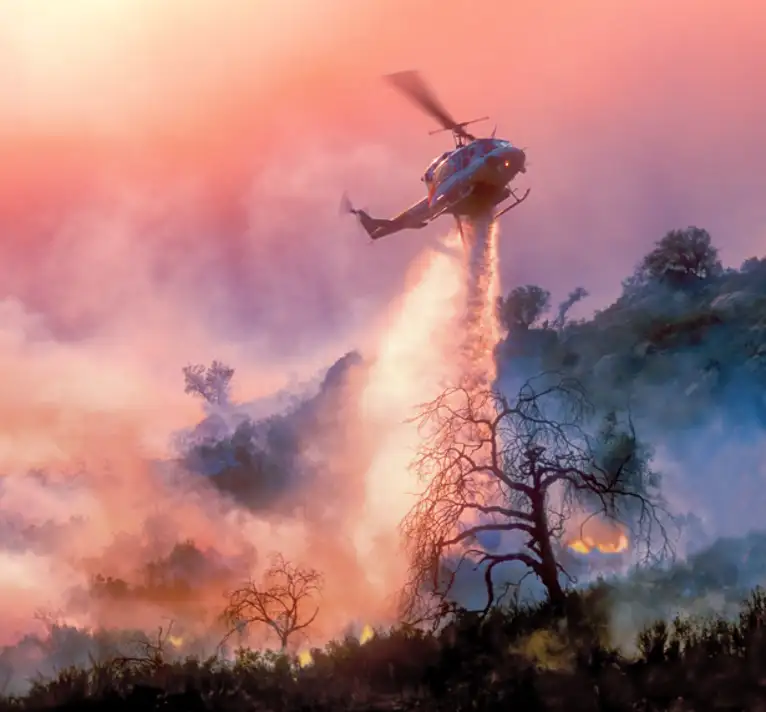Exposure and Testing Guidelines
Soot is a general term for fine particles comprised mainly of carbon that is released into the air when burned material is partially combusted. These particles are microscopic in size and easily transported by wind. In recent years there has been an exponential increase in soot restoration claims and much like mold in the late 1990s the insurance companies generally paid the claims without much consideration. However, as the number of claims, including fraudulent claims, rose, the insurance companies started to demand more testing for confirmation of soot contamination.
American Society of Testing Materials Guidelines
In 2013 the American Society of Testing Materials (ASTM) published a guide on sampling and analyses of soot/carbon black. The test method prescribed light microscopy and transmission electron microscopy (TEM) for the analysis and semi-quantification of soot loading on environmental samples, both of which are offered by Fiberquant.
Briefly, the investigator samples surfaces suspected to have been impacted by soot using tape lifts or alcohol swipes. The samples are examined by the laboratory and soot-like particles are documented by light microscopy. Since there are many particles that look identical to soot under light microscopy, TEM can be used to confirm that the particles are carbon-based and thus most likely to be soot.
Currently there are still no consensus standards or guides that dictate “How much is too much?” so the interpretation for the data is left to the investigator.





